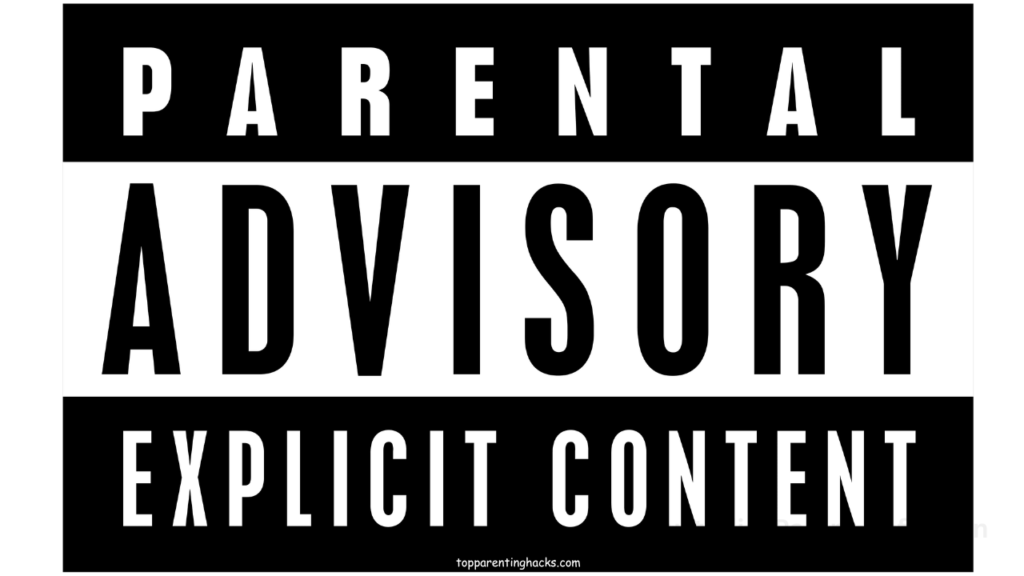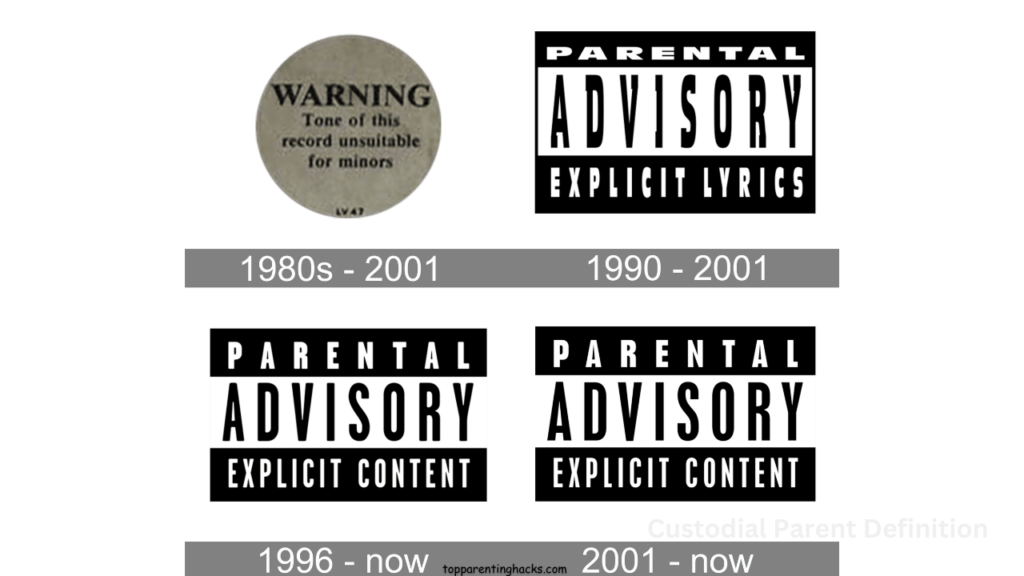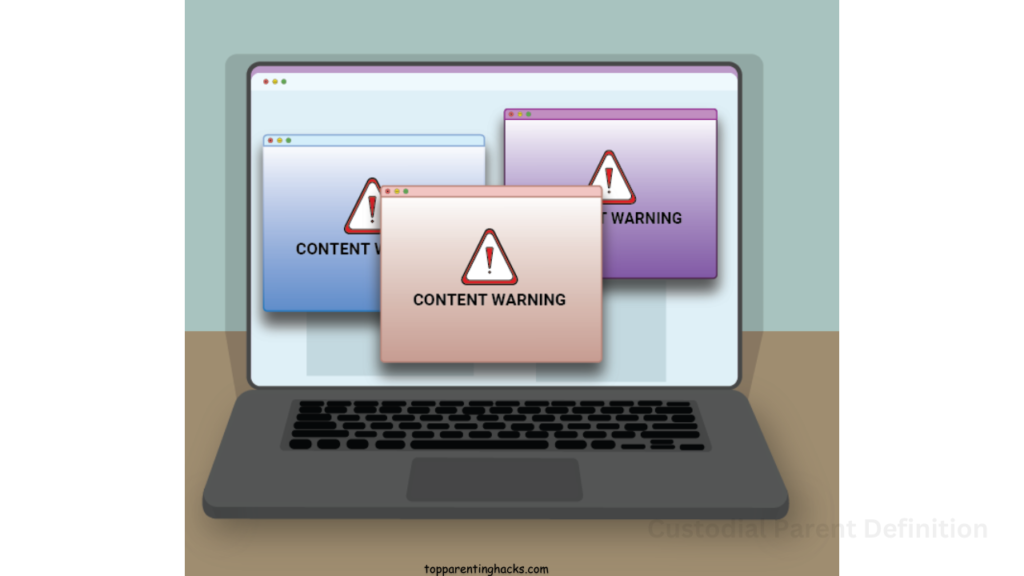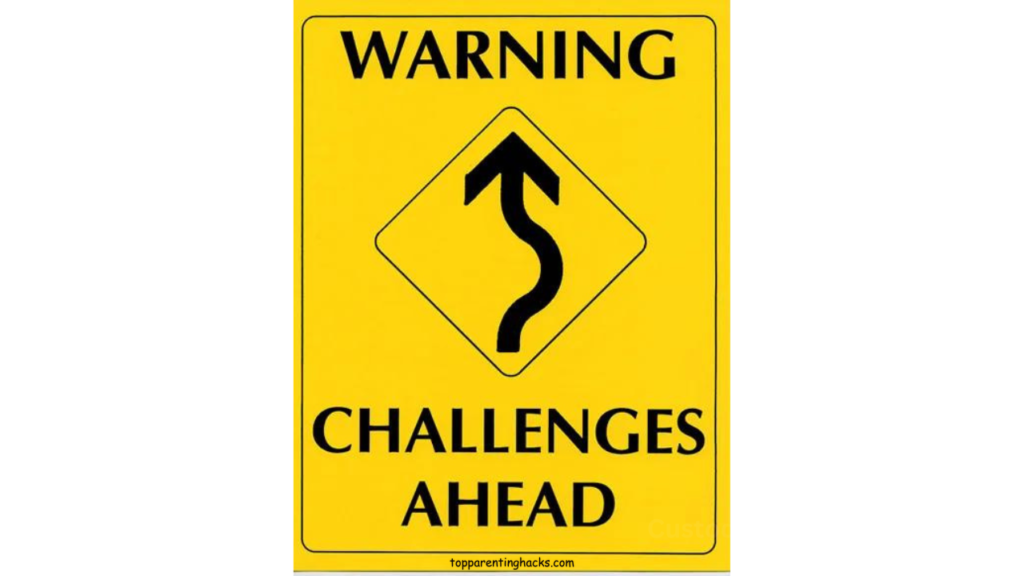Parental Advisory PNG: Unlocking Creativity and Caution
In the realm of music and entertainment, the Parental Advisory label has become synonymous with explicit content . Often depicted as a small black and white rectangular sticker, this insignia serves as a warning to potential listeners about the mature themes, explicit language, or controversial content within the associated work. However, in the digital age, the term “Parental Advisory PNG” has taken on a new dimension, extending beyond music and albums to encompass a broader discussion about content warnings, online safety, and the evolving role of parents in guiding their children through a complex media landscape.Parental Advisory PNG
Understanding the Parental Advisory PNG Label

Before delving into the digital realm, it’s crucial to understand the origins and purpose of the traditional Parental Advisory label. Introduced by the Recording Industry Association of America (RIAA) in 1985, this label was initially created to address concerns about explicit lyrical content in music. The iconic black and white logo was designed to catch the eye and serve as a clear signal that the content might not be suitable for all audiences, particularly younger listeners.Parental Advisory PNG
Over the years, the First and foremost label has evolved to encompass various forms of media, including movies, video games, and online content. Its adoption has not been without controversy, with debates arising over issues of censorship, artistic expression, and the effectiveness of such warnings. Nevertheless, the label remains a recognizable symbol that signifies a need for caution when engaging with specific types of content.Parental Advisory PNG
The Digital Transformation Parental Advisory PNG

As the internet became an integral part of our daily lives, the concept of the Parental Advisory label expanded into the digital realm. The term “In addition” emerged as a representation of digital content warnings, transcending the traditional sticker and adapting to the online environment. PNG, in this context, refers to the Portable Network Graphics file format commonly used for images with transparent backgrounds, emphasizing the ever-changing, adaptable nature of online content warnings.
In the digital space, content warnings are not limited to explicit lyrics; they now encompass a wide array of topics, including violence, sexual content, hate speech, and more. Platforms ranging from social media networks to streaming services employ content warnings or age restrictions to help users make informed decisions about the content they consume.Parental Advisory PNG
The Importance of Digital Content Warnings

The internet, with its vast and diverse content, presents both opportunities and challenges, especially for younger users. Parental Advisory PNG, in its digital form, plays a crucial role in guiding users and parents through this expansive digital landscape. Here are some reasons why digital content warnings are important:
Protecting Young Minds
Digital content warnings serve as a line of defense against exposure to age-inappropriate material. By providing explicit information about the nature of the content, these warnings enable parents to make informed decisions regarding their children’s online activities.
Encouraging Responsible Consumption
In the digital age, users have access to an overwhelming amount of content. Content warnings encourage responsible consumption by prompting individuals to think critically about the material they are about to engage with, considering its potential impact on their mental and emotional well-being.
Respecting Diverse Perspectives
Content warnings recognize the diversity of perspectives and sensitivities within the audience. What may be acceptable for one person may be offensive or distressing to another. By implementing content warnings, platforms acknowledge the need for inclusivity and respect for varying comfort levels.
Facilitating Parental Involvement
Digital content warnings empower parents to actively participate in their children’s online experiences. By understanding the nature of the content through warnings, parents can initiate conversations with their children about digital literacy, responsible online behavior, and the importance of making informed choices.
The Evolution of Parental Advisory PNG Guidance in the Digital Age

The digital landscape has transformed the role of parents in guiding their children through the vast expanse of online content. Here’s how parental guidance has evolved in the digital age:
Digital Literacy Education
With the proliferation of digital devices, parents are increasingly becoming educators in the realm of digital literacy. Understanding the significance of content warnings, file formats, and online safety measures is now an essential aspect of modern parenting.
Open Communication Channels
Parental guidance is no longer a one-sided conversation. In the digital age, fostering open communication channels between parents and children is crucial.
Setting Boundaries and Expectations
Parents play a pivotal role in setting boundaries and expectations for their children’s online activities. Establishing age-appropriate guidelines and discussing the reasons behind these restrictions helps children develop a sense of responsibility and awareness.
Adapting to Changing Technologies
The digital landscape is dynamic, with new technologies and platforms emerging regularly. Parents must stay informed about these changes to adapt their guidance strategies accordingly. This involves staying up-to-date on popular apps, social media platforms, and entertainment trends.
Challenges and Controversies Surrounding Digital Content Warnings

While the intent behind digital content warnings is generally positive, their implementation is not without challenges and controversies. Similarly Some of the notable issues include:
Inconsistency in Application
Different online platforms may have varying standards when it comes to content warnings.
Overreliance on Algorithms
Nonetheless Many platforms use algorithms to detect and flag content that may require a warning. However, these algorithms are not foolproof and may result in false positives or negatives. Conversely The overreliance on automated systems poses challenges in accurately assessing the context and intent behind certain content.
Freedom of Expression Concerns
The implementation of content warnings has sparked debates about freedom of expression and censorship On the other hand.
Limited Parental Control Options
While content warnings provide valuable information, some argue that they should be accompanied by more robust parental control options. However This would allow parents to customize the online experience for their children based on individual preferences and values.
Conclusion
As technology continues to advance, the challenges and opportunities in guiding children through the digital landscape will persist Moreover. Striking a balance between freedom of expression and the need for responsible consumption remains a key consideration Furthermore.






One Comment